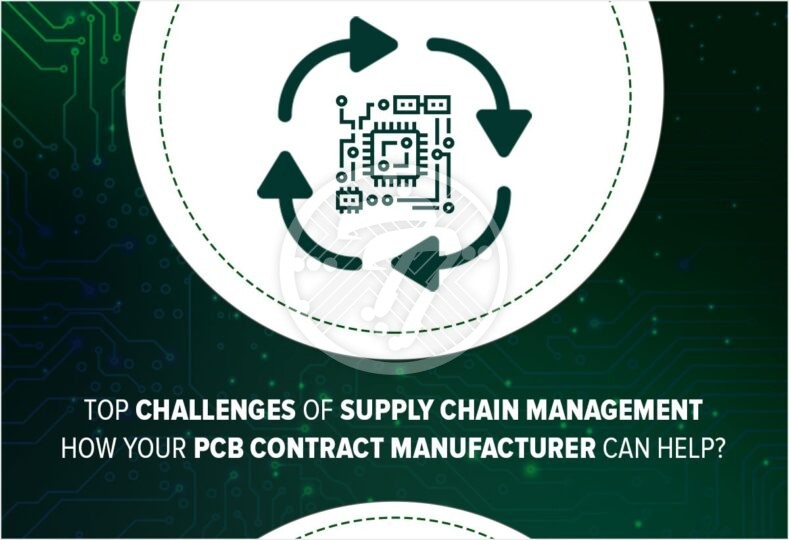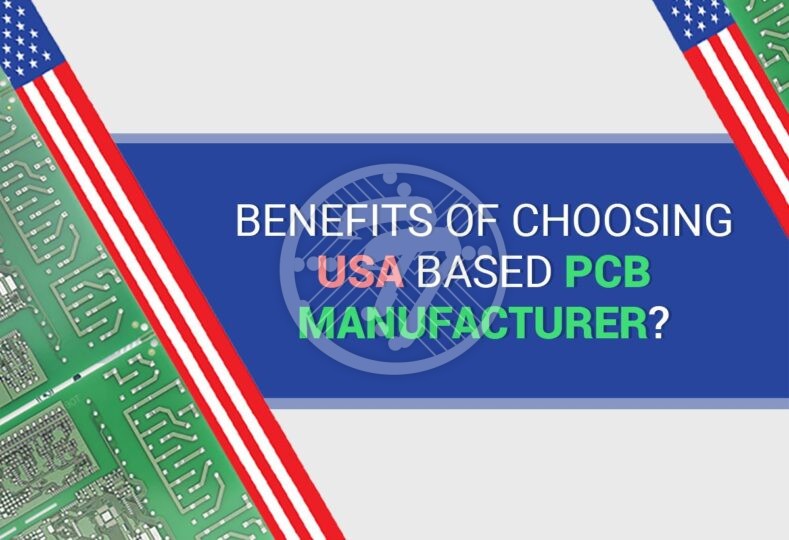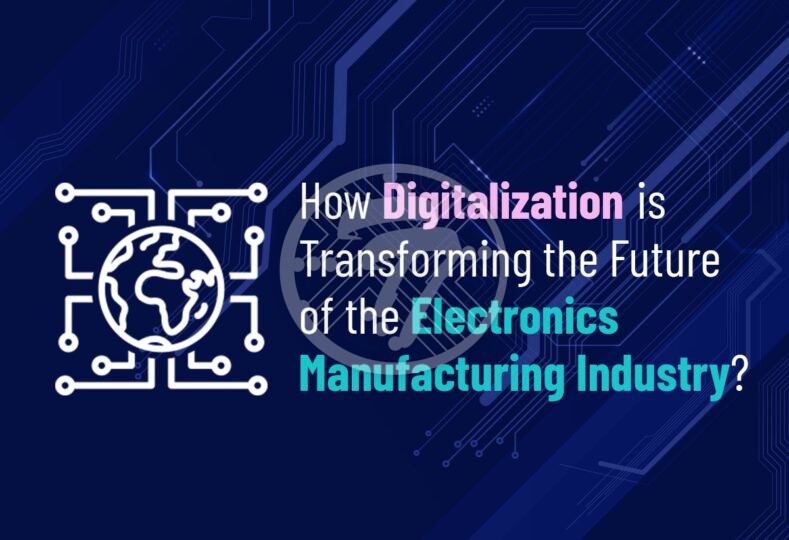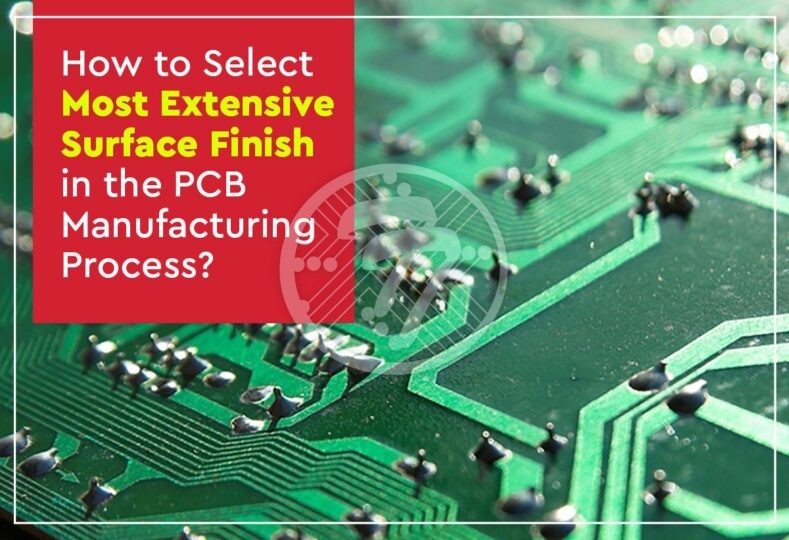Top Challenges of Supply Chain Management in Electronics Manufacturing Industry! – How Your PCB Contract Manufacturer can Help?

That PCBs are the heart of an electronic device, on which the success or failure of the device depends, is a well-known fact. What is at the heart of the PCB, however, are components that the board is built with. While the layout or the schematics of the board has a scope to be changed, the right components can make or break the PCB. Supply chain management in the Electronics Manufacturing Industry, therefore, remains a very critical aspect. There are a whole lot of challenges that this area is faced with. Let us look at some of the top challenges in supply chain management:
Availability
The primary challenge of course is the availability of materials. In fact, most delays in PCB Manufacturing can be traced to the fact that the specific components that have been mentioned in the bill of materials may not be readily available. It is even a possibility that the requirement could have simply been copied from an older CAD, while its production has currently been discontinued. Some parts could also be out of stock and can lead to delays. It is, therefore, imperative to check the bill of materials thoroughly to see that all the parts are available much before the production process begins.
In fact components, very often, have a status column attached to them. This can offer some critical information to the engineer. For example:
- NRND or not recommended for new designs can indicate to the engineer that for newer products these parts should not be used
- OBS or obsolete parts again means that other options should be chosen
- EOL or end of life once again indicates that such parts should not be used.
A fair understanding of these aspects will ensure that production is not stuck on account of unavailability of components at a later stage.
Quality Control
This of course is a non-negotiable aspect. It is important to go with component manufacturers who exercise the highest level of quality control. This is where a PCB Contract Manufacturer USA who has a relationship of trust with vendors, comes in handy. They can ensure that the PCB boards and in turn the final products are consistent as far as quality is concerned. Not only do you need to look for product quality, other aspects to watch out for include:
- Does the vendor have a structured quality assurance program?
- Does the packaging, shipping and handling conform to quality protocols? This includes a number of aspects including moisture control, so that the products aren’t damaged during transit
- Do the parts meet traceability requirements?
Price
Price of components, of course, is an important aspect that determines whether or not the PCB boards will be competitive. Attention therefore needs to be paid to getting the best possible price of the component. Some of the aspects that will determine the price include:
- Bulk orders
- Ordering well in advance
- Existing relationships with vendors
PCB Contract manufacturers who have years of experience in the field, will therefore be able to offer far more competitive quotes rendering the final product that much more competitive in the market.
Here is how your PCB Contract Manufacturer can help:
There are many aspects of Supply Chain Management that an experienced PCB Contract Manufacturer can help with. These include but are not limited to:
Review the design for manufacturability
- Review the design for manufacturability
- First things first, a PCB Contract Manufacturer can study your design from the manufacturability standpoint. This process, done well, can go a long way in reducing issues faced during PCB fabrication and assembly. Without a thorough DFM analysis, there could be a host of costly errors at the production stage.
Bill of materials
- Bill of materials – Also with the PCB manufacturing service closely looking at the bill of materials, it will be ensured that the materials listed are:
Available
Are procured from a trusted source
Are high quality
Are bought at the best-price
- Available
- Are procured from a trusted source
- Are high quality
- Are bought at the best-price
With years of experience in the field a PCB contract manufacturer can be your trusted partner in making available the right components, through a network of component manufacturers. The right PCB Manufacturing service, California, can thereby help you with quality PCBs that will ensure the reliability of the final product along with a quick turnaround time.
With over 40 years of combined experience in rendering high tech PCB assembly and manufacturing services, we are not just an assembler, we can completely test at board level to box build level to provide the benefit of unparalleled technical expertise and the most progressive solutions at competitive prices. TechnoTronix has a state of the art facility that enables our clients to successfully overcome production challenges to produce the innovative, cutting-edge products so highly in demand in today’s marketplace. We have outreached our customer base from varied industries like aerospace, telecommunication, defense, medical etc. to provide quick turn and customized prototyping services with great customer retention ratio. Get a Quick Quote for any type of your requirements.









